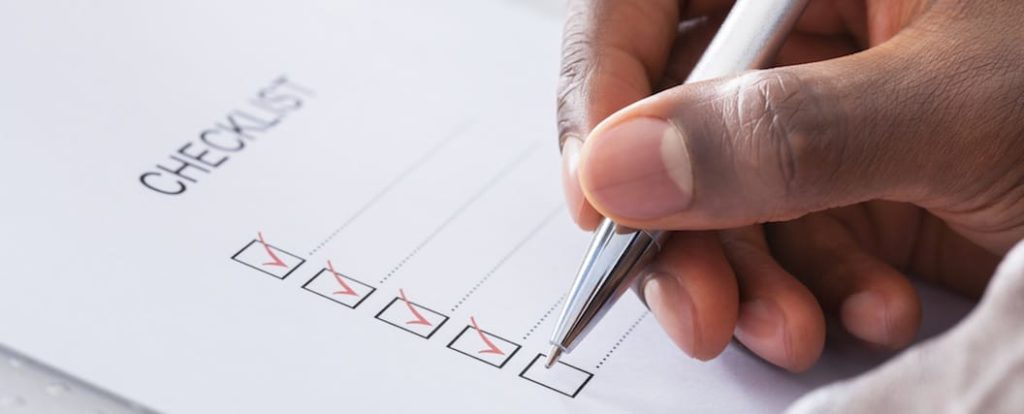In the form of marijuana, cannabis ranks as the most widely used illicit/illegal substance in America. Researchers and public health officials have long debated the question of how many cannabis/marijuana users ultimately end up getting involved in other forms of illicit drug use. In a study published in August 2014 in the International Journal of Drug Policy, a team of American and Spanish researchers used information from a nationally representative project called the National Epidemiologic Survey on Alcohol and Related Conditions (NESARC) to determine how many U.S. cannabis users end up using other drugs. The researchers also sought to identify the population groups most likely to follow this substance use trajectory.
Popularity of Marijuana/Cannabis
Almost 19 million Americans use marijuana on at least a monthly basis, according to recent figures compiled by the federal Substance Abuse and Mental Health Services Administration. This number represents more than 75 percent of the total user base for all illicitly consumed or illegal drugs and medications. Peak rates of marijuana consumption occur in young adults, especially among those individuals between the ages of 18 and 25. The U.S. is currently undergoing a notable social shift toward the decriminalization or limited legalization of marijuana. Currently, 23 of the 50 states (and the District of Columbia) have laws that allow doctors to prescribe marijuana as a medication for certain health problems. In addition, Colorado and the state of Washington have passed laws that make nonmedical use of the drug permissible for adults.
Known Harms of Marijuana/Cannabis Use
The increasing social acceptability of marijuana use has been accompanied (at least in some quarters) by a de-emphasis of the drug’s potential to cause significant harm for its users. However, marijuana-related harm is a well-established scientific fact. For example, roughly 9 out of every 100 marijuana users will develop an addiction to the drug. The rate of addiction is much higher in two subgroups of users: teenagers (17 percent) and habitual/daily consumers (25 percent to 50 percent). Young people who consume large amounts of the drug also have clear risks for altering the final stages of brain development and potentially permanently impairing their ability to think clearly or use their memories properly. Physical harms associated with marijuana use include increased rates for significant lung infections and other forms of respiratory illness. On the mental health front, heavy users of the drug can develop short-term symptoms of the debilitating mental state called psychosis. In addition, statistically speaking, marijuana users have increased odds of developing longer-lasting, psychosis-related mental illness.
Progression to Other Drugs
In the study published in the International Journal of Drug Policy, researchers from Columbia University’s New York State Psychiatric Institute and Spain’s University of Oviedo used data gathered from 6,624 participants in the National Epidemiologic Survey on Alcohol and Related Conditions (conducted in the first decade of the 21st century) to help determine how often people who start their drug-using lives with cannabis/marijuana go on to use other illicit/illegal substances. In addition, the researchers explored the factors that make it more likely that any given cannabis/marijuana user will widen his or her drug repertoire. All of the NESARC participants were specifically chosen for inclusion in the study because they identified cannabis/marijuana as the first drug they consumed. After analyzing their data, the researchers concluded that 44.7 percent of the initial cannabis/marijuana users eventually went on to consume at least one other illicit or illegal drug. They also identified several risk factors that made the transition to other forms of drug use more likely, including relatively heavy marijuana/cannabis use, a personal history of an internalizing mental health condition (e.g., depression or an anxiety disorder) and a personal history of an externalizing mental health condition (e.g., conduct disorder or attention deficit hyperactivity disorder). Many critics debunk the notion of marijuana/cannabis as a “gateway” drug that increases the odds that a person will go on to use other substances. Part of this objection may stem from a perception or claim that the use of marijuana/cannabis causes a person to get involved in other forms of substance use. The study’s authors do not make such claims. However, they note the fact that large numbers of people who initiate drug use with marijuana/cannabis do indeed go on to other forms of drug intake. They also note the troubling connection between mental health problems and a progressive involvement in substance use.

